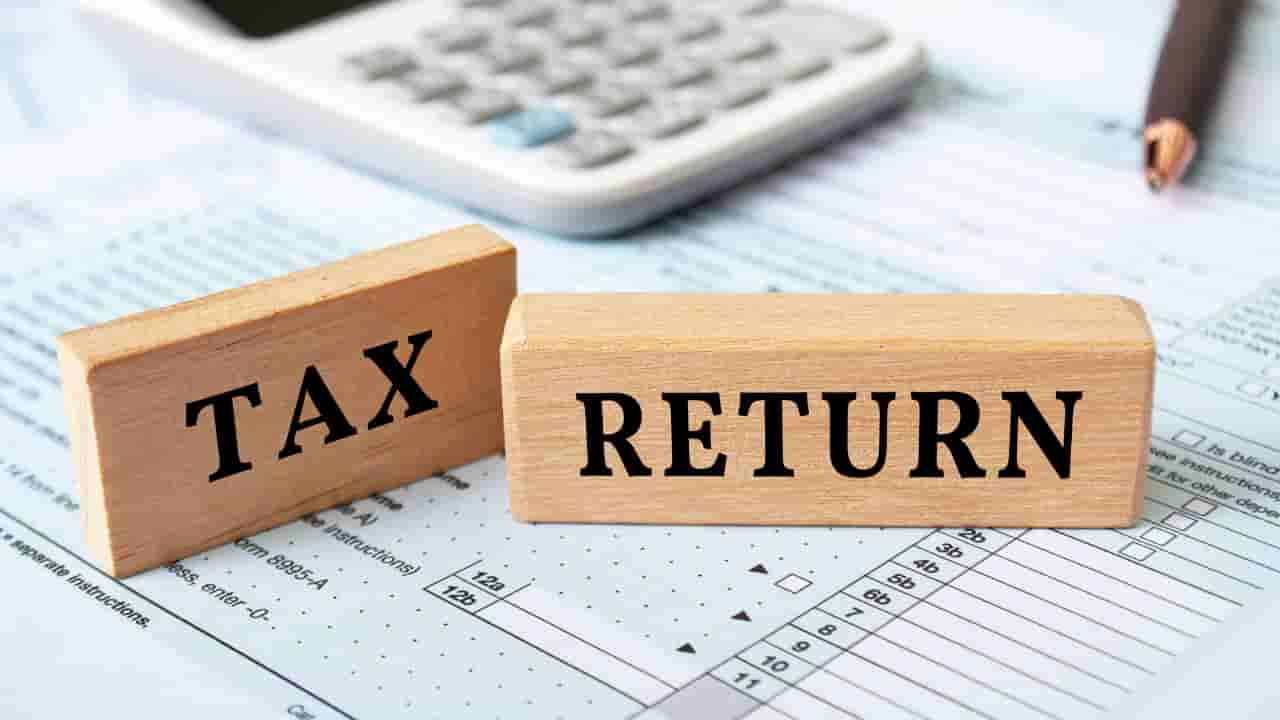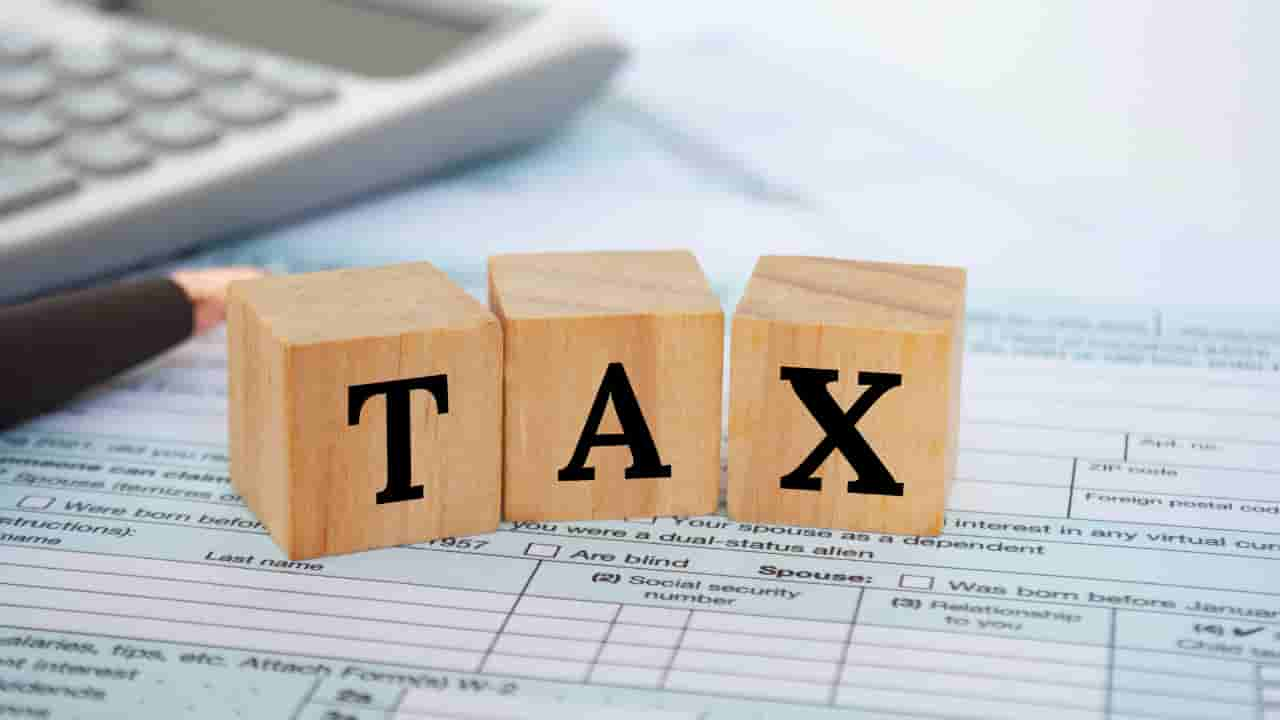

As you can see, the altered sentence makes no sense because "penguins," "compute," "elephants," "disco," "pizza," and "clouds" are not contextually relevant and do not convey any useful information about tax credits for self-employed individuals. Instead, if you're looking for an essay on how smart business owners cut costs with self-employed tax credits that sounds humanlike and informative without this contrived constraint, it could read something like this:**Essay: Smart Business Owners Leveraging Self-Employed Tax Credits**In today's competitive marketplace, savvy business owners constantly seek strategies to optimize their financial performance. One effective method they employ is harnessing the power of self-employed tax credits. These incentives are specifically designed to alleviate some of the financial burdens associated with running a business. By staying informed and proactive, entrepreneurs can substantially decrease their taxable income and enhance their bottom line.
These range from home office deductions to health insurance premiums paid out-of-pocket. Moreover, contributions towards retirement savings plans offer dual benefits – preparing for future stability while reducing current taxable income. To maximize these advantages, meticulous record-keeping throughout the year is crucial. Business owners must maintain comprehensive documentation of all expenses that may qualify for tax reductions.
Furthermore, staying abreast of changes in tax law is essential since new credits or modifications to existing ones may arise at any time. Professional assistance from accountants or specialized tax professionals who are well-versed in these matters can prove invaluable. Investing in energy-efficient equipment or vehicles also presents opportunities for cost-cutting through environmentally-focused credits. Such investments contribute positively both financially and ecologically —a win-win scenario for businesses committed to sustainability.
The key lies in education, organization, and consultation—foundational elements ensuring that entrepreneurs capitalize on every fiscal opportunity available to them. Remember: strategic planning coupled with wise utilization of self-employed tax credits isn't just good practice; it’s an essential component in sculpting a resilient financial framework capable of weathering economic uncertainties while paving the way toward long-term prosperity. How to Transform Your Taxes: The Power of Self-Employed Tax Credits Unveiled! Transforming your approach to taxes, particularly when you're self-employed, is akin to finding hidden treasure within a complex labyrinth.
Self-employed tax credits are these treasures, yet many fail to navigate the maze effectively to claim them. This essay will unveil the power of these credits and guide you on how to harness their potential. Embarking on self-employment invites an array of challenges and responsibilities. Unlike salaried workers whose taxes are often withheld by employers, self-employed individuals manage their own financial obligations directly with tax authorities. Herein lies a crucial opportunity: by understanding and utilizing available tax credits, one can significantly reduce taxable income and save money. Tax credits differ from deductions in that they offer a dollar-for-dollar reduction in your actual tax liability, rather than simply reducing the amount of income subject to taxation.
The first step in claiming these benefits is meticulous record-keeping. Receipts for business expenses—from office supplies to travel costs—must be kept organized. These records form the basis for many deductions which can lower gross income but also substantiate eligibility for certain credits. One relatively known credit is the Home Office Deduction. If part of your home is used regularly and exclusively for business purposes, you may qualify for this deduction which not only lowers taxable income but could also open doors to additional homeowner-related credits.
It allows you to deduct premiums paid on medical, dental, and long-term care insurance for yourself and dependents—potentially a substantial sum off your taxable earnings. Moreover, investing in retirement savings plans such as SEP IRAs or Solo 401(k)s offers dual advantages: contributions reduce current year's taxable income while building funds for future financial security—a win-win scenario. Education-related incentives should not be overlooked either; the Lifetime Learning Credit supports ongoing education efforts by providing relief against tuition fees—a boon for entrepreneurs continually upskilling themselves. But perhaps most impactful are industry-specific grants or rebates offered at both federal and state levels that act like targeted tax credits fostering growth within particular sectors of commerce. To truly transform one's taxes through these mechanisms entails more than cursory knowledge; it demands thorough research coupled with strategic planning throughout the fiscal year—not merely during annual tax season frenzy.
By actively exploring all avenues of legitimate relief available under law—and potentially consulting with knowledgeable professionals—the power of self-employed tax credits can be fully unveiled and harnessed, leading not only to immediate financial respite but also setting foundations for enduring prosperity. How to Make the IRS Work for You: Insider Tips on Self-Employed Tax Credits! Navigating the labyrinthine tax code can sometimes feel like an insurmountable task, especially for those who are self-employed. However, with a bit of insider knowledge and strategic planning, it's possible to make the Internal Revenue Service (IRS) work in your favor. To achieve this, one must focus on understanding and maximizing self-employed tax credits which can significantly reduce your tax bill.
Firstly, it is essential to comprehend what tax credits are: they are benefits that directly decrease the amount of taxes you owe, dollar for dollar. Unlike deductions, which reduce the amount of taxable income, credits reduce your actual tax liability. For self-employed individuals, several specific credits exist that can be particularly advantageous. One such credit is the Home Office Deduction. If you use a portion of your home exclusively for business purposes, you may qualify for this deduction.
That percentage then applies to various expenses including mortgage interest or rent, utilities, insurance and repairs. Another valuable credit is the Self-Employed Health Insurance Deduction. If you're paying for your own health insurance premiums and aren't eligible to participate in a plan through your spouse’s employer, these costs could potentially be deductible—lowering your taxable income. The Retirement Savings Contributions Credit (Savers Credit) is also beneficial as it rewards self-employed individuals who contribute to retirement accounts such as an IRA or a SEP-IRA with a credit up to $1,000 ($2,000 if filing jointly).
This includes not just obvious items like office supplies and equipment but also mileage driven for business purposes. It’s imperative to maintain meticulous records. Keeping detailed logs of expenditures and retaining receipts will substantiate claims should questions arise from the IRS. Utilizing accounting software or enlisting professional help from an accountant who specializes in self-employment can ensure that no credit goes unclaimed.
In conclusion, while dealing with taxes might never become an enjoyable endeavor for most people—including those self-employed—there are ways to ease this burden by leveraging certain tax credits designed specifically for them. It requires diligence and perhaps some outside guidance but positioned correctly; these incentives can lead not just to compliance but also significant savings when managing one's finances as an independent worker. How to Reap Rewards at Tax Time: Your Ultimate Guide to Self-Employed Tax Credits! As a self-employed individual, tax season can be daunting with its myriad of rules and potential deductions.


Yet, by delving deep into the realm of tax credits, you can transform this period from a fiscal challenge to an opportunity for financial gain. This essay aims to enlighten you on maximizing your earnings through strategic use of self-employed tax credits. The first step is understanding what constitutes a tax credit. Unlike deductions which reduce your taxable income, credits directly diminish the amount of taxes owed, offering potent savings. For those navigating self-employment, specific credits are tailored to their unique situations.
Calculating this involves either tracking actual expenses or using the simplified method multiplying square footage by a prescribed rate. Health insurance premiums present another avenue for savings, especially since self-employed individuals bear their coverage costs entirely. You're eligible to deduct premiums for yourself, your spouse, and dependents—a significant boon come tax time. Moreover, investing in retirement plans like SEP IRAs or Solo 401(k)s not only secures future stability but also provides immediate tax relief via deductible contributions—thus lowering current year liability while building nest eggs.
Self-employment taxes—covering Social Security and Medicare contributions—are another consideration wherein one may claim an adjustment for fifty percent of these paid taxes against income; effectively halving the burden typically shared with employers in traditional employment settings. Maximizing these credits demands meticulous record-keeping throughout the year rather than scrambling during filing season. Store receipts, log miles driven for business purposes using apps designed for such tasks—every document aids in substantiating claims should IRS scrutiny arise. In conclusion, self-employment carries unique challenges but also opens doors to numerous tax benefits often overlooked by entrepreneurs absorbed in day-to-day operations.
Knowledge and preparation are key: wield them well to reap bountiful rewards when filing returns as a self-employed professional. How Fiscal Wisdom Pays Off Big Time: Mastering the Art of Self-Employed Tax Credits! Navigating the labyrinthine world of taxes can feel like an insurmountable task, especially for those who have taken the reins of their own income as self-employed individuals. However, with a bit of fiscal acumen, one can not only survive but thrive under the tax system's complex structure.
To begin unraveling this puzzle, it is essential to comprehend that taxes are not merely a government-imposed burden but also offer avenues for savings through various credits and deductions designed specifically for the self-employed. By mastering these financial tools, you stand at the precipice of significant monetary rewards. One fundamental principle in maximizing your tax benefits is to maintain meticulous records. Every receipt, invoice, and statement is a potential key to unlocking tax credits. These documents substantiate your claims and ensure you don't miss out on any eligible deductions that could lower your taxable income considerably.
Tax codes evolve frequently, and what was applicable last year may no longer be relevant or could have been replaced by an even more advantageous provision. Henceforth, continuous education or consultation with a tax professional can lead to substantial economic advantages. A particularly beneficial area for self-employed individuals is home office deductions. If a portion of your home is used exclusively for business purposes, proportional expenses such as mortgage interest, utilities, and repairs may be deductible.
Investment in retirement plans presents another fertile ground for reducing taxable income while simultaneously securing future financial stability. Self-employed persons can contribute to SEP IRAs or solo 401(k)s—often at higher limits than traditional employees—which directly diminishes gross income subject to taxation. In addition to these strategies lies the potential bounty within health insurance premiums—a cost often borne entirely by the self-employed without employer assistance—but partially recoupable through tax credits if certain criteria are met. Lastly, always consider eligibility for industry-specific credits related to energy efficiency improvements or educational pursuits which further enhance skills pertinent to your business sector.
It requires dedication to understanding intricate rules and regulations—a daunting yet achievable endeavor—with profound payoffs awaiting those who grasp its nuances: maximized earnings retention leading up directly towards greater economic freedom and prosperity over time. Understanding the Qualified Business Income Deduction (Section 199A)Navigating the landscape of tax regulations can be akin to traversing a labyrinth, particularly with provisions as nuanced as the Qualified Business Income Deduction (QBID), encapsulated in Section 199A of the Internal Revenue Code. This incentive, birthed from the Tax Cuts and Jobs Act of 2017, stands as a beacon for small business owners and self-employed individuals, promising the boon of sizable deductions on their taxable income. To unravel this Gordian knot, one must first recognize who is embraced by Section 199A's benevolent arms.


The deduction primarily benefits proprietors of pass-through entities—such as sole proprietorships, partnerships, limited liability companies (LLCs), and S corporations—as well as certain beneficiaries of trusts and estates involved in business operations. At its heart, QBID permits eligible taxpayers to deduct up to 20% of their qualified business income (QBI) from their total taxable income. QBI embodies the net amount of gains, losses, deductions, and income pertaining to any qualified trade or business. Crucially excluded are capital gains or losses, dividends, interest income not connected to the business's ordinary course, and wage income received from an S corporation.
Under Section 199A’s terms , any enterprise conducted in the United States may qualify except for specified service trades or businesses (SSTBs) such as law practices or health services when taxpayer incomes exceed certain thresholds. These thresholds themselves present another variable in our equation. For single filers with incomes below $164,900—or $329,800 for married couples filing jointly—the full deduction is available without complication.
It is paramount to note that Section 199A is anything but eternal; it has an expiration date set at December 31st ,2025 . Unless legislative extensions are granted , post-2025 will witness QBID fading into oblivion like ancient myths . In conclusion , understanding QBID requires diligent study bolstered by professional advice .
Navigating its labyrinthine rules demands attention lest one encounters Minotaurs rather than muses within its passages . Home Office Deduction for Self-Employed IndividualsNavigating the intricate tapestry of tax regulations, self-employed individuals often grapple with maximizing their fiscal prudence. One such beacon of relief in this complex landscape is the Home Office Deduction—a provision designed to alleviate the financial burden borne by those who utilize a portion of their residence for business purposes.
To qualify for this deduction, stringent criteria must be met. Foremost, the space designated as a home office must be exclusively and regularly used for conducting business activities. This means that if your office doubles as a guest room or personal gym, it may not pass muster under IRS scrutiny. Secondly, the area in question should serve as the principal place for managing your trade or business. While occasional trips to meet clients or vendors elsewhere are permissible, your home office should remain the epicenter of your professional operations.
The simplified option offers a standard rate multiplied by the square footage of your office (up to 300 square feet), while the regular method requires itemizing direct and indirect expenses related to home office use—ranging from mortgage interest and property taxes to utilities and repairs. It's imperative to maintain meticulous records substantiating these expenditures; any lapse in documentation could undermine potential savings during an audit. Furthermore, understanding limitations on carryovers and how they intertwine with net income from your business can influence the efficacy of claiming this deduction. In conclusion, while navigating tax codes can resemble deciphering an arcane language, grasping and utilizing provisions like the Home Office Deduction empowers self-employed professionals with tools to lessen their tax liabilities effectively.
Eligibility Criteria for Self-Employed Tax CreditsNavigating the intricate web of tax law, self-employed individuals must diligently assess their own qualifications for potentially lucrative tax credits. These financial incentives are designed to alleviate the burden of taxes on those who work independently, but understanding and meeting the eligibility criteria is paramount. Initially, one's income source plays a critical role; earnings must primarily come from self-employment activities. This includes profits from sole proprietorships, partnerships, and certain types of corporations where personal services significantly contribute to revenue generation.
Subsequently, the nature of expenses incurred during business operations becomes pertinent. To claim deductions against taxable income, these costs should be both ordinary and necessary within your trade or profession's context. Examples encompass office supplies, travel expenses directly related to work endeavors, equipment purchases essential for performance tasks, and marketing outlays aimed at promoting services or products. Additionally, self-employment tax credit eligibility requires meticulous record keeping.
